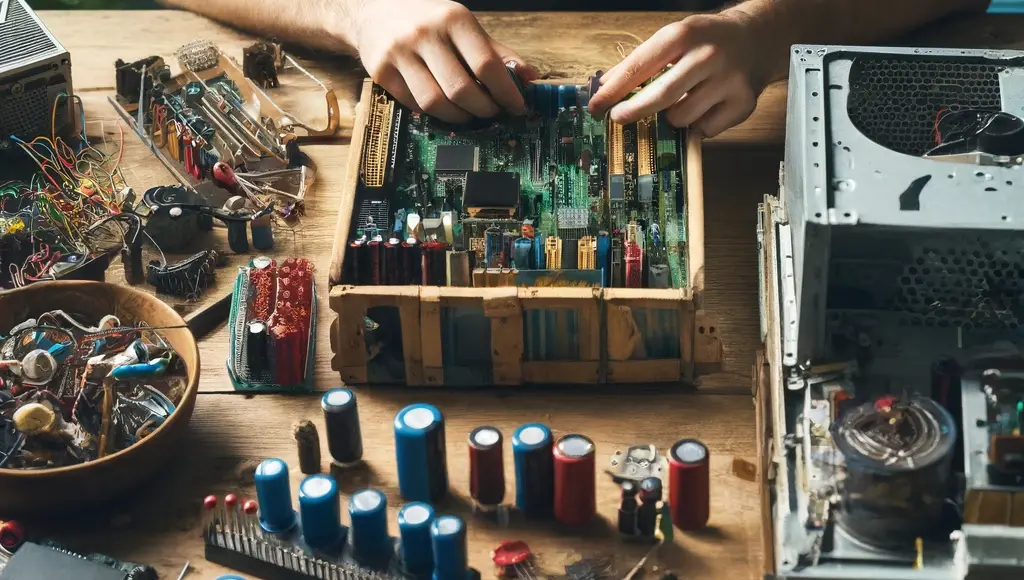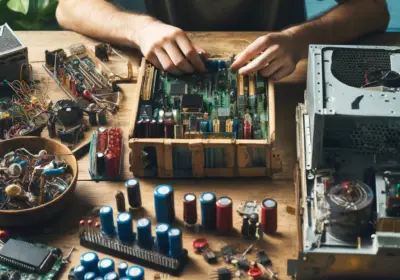In the age of rapid technological advancement, the lifecycle of electronic devices is becoming increasingly shorter. Consequently, we’re often left with a growing pile of outdated gadgets that clutter our homes and, if disposed of improperly, can harm the environment. Repurposing old electronics is not just a step towards reducing e-waste; it’s a practical approach to enhancing sustainability and rediscovering the value hidden in these old devices. This guide provides a detailed exploration of how you can breathe new life into your outdated electronics.
Participate in Electronic Recycling Programs: Recycling isn’t just about disposing of your old electronics; it’s about transforming them into valuable resources. Most electronics contain precious metals like gold, silver, and copper, which can be recovered and reused. Look for local e-waste recycling programs, which often offer collection days or drop-off locations. Participating in these programs ensures that harmful components are safely managed and valuable materials are recovered.
Transform Into Educational Tools for Children: In a world where education increasingly relies on technology, old devices like tablets and laptops can be incredibly valuable. By wiping the old data and installing educational apps and software, you can transform an outdated gadget into a powerful educational resource for children. This not only aids in learning but also instills in children the values of recycling and reusability.
Engage in DIY Electronics Projects: For those who enjoy tinkering, old electronics are a treasure trove of components that can be harvested and reused. From capacitors and resistors to screens and speakers, these parts can be used to create anything from homemade radios to a weather station. Online communities and tutorials can offer guidance and inspiration, turning your old electronics into exciting new projects.
Reserve for Spare Parts: Keeping old electronics for spare parts is an economical and environmentally friendly practice. When a current device fails, having spare parts on hand can save you time and money. This practice not only extends the life of your electronics but also reduces the need for new parts, which involve additional manufacturing and shipping resources.
Create Artistic Projects: Old electronic parts can be artistically repurposed into decorations or art installations. Whether it’s making a sculpture from circuit boards or a chandelier from old smartphone screens, the possibilities are limited only by your imagination. These projects can also raise awareness about electronic waste and promote the idea of upcycling.
Donate to Extend Their Life: Donating your still-functional old electronics to schools, non-profits, or community centers can make a significant difference in your community. Such donations support educational programs, provide resources to the underprivileged, and extend the useful life of electronics that would otherwise be discarded.
Sell or Trade-In: If your old devices are still relatively current but no longer of use to you, consider selling them or trading them in. Many retailers offer trade-in programs that provide credits toward new purchases, while selling them directly can put a little extra cash in your pocket.
By taking the time to repurpose your old electronic devices, you not only contribute to environmental protection but also add value back into your community and home. With a bit of creativity and effort, repurposing can turn what would be waste into something wonderfully useful and new.










